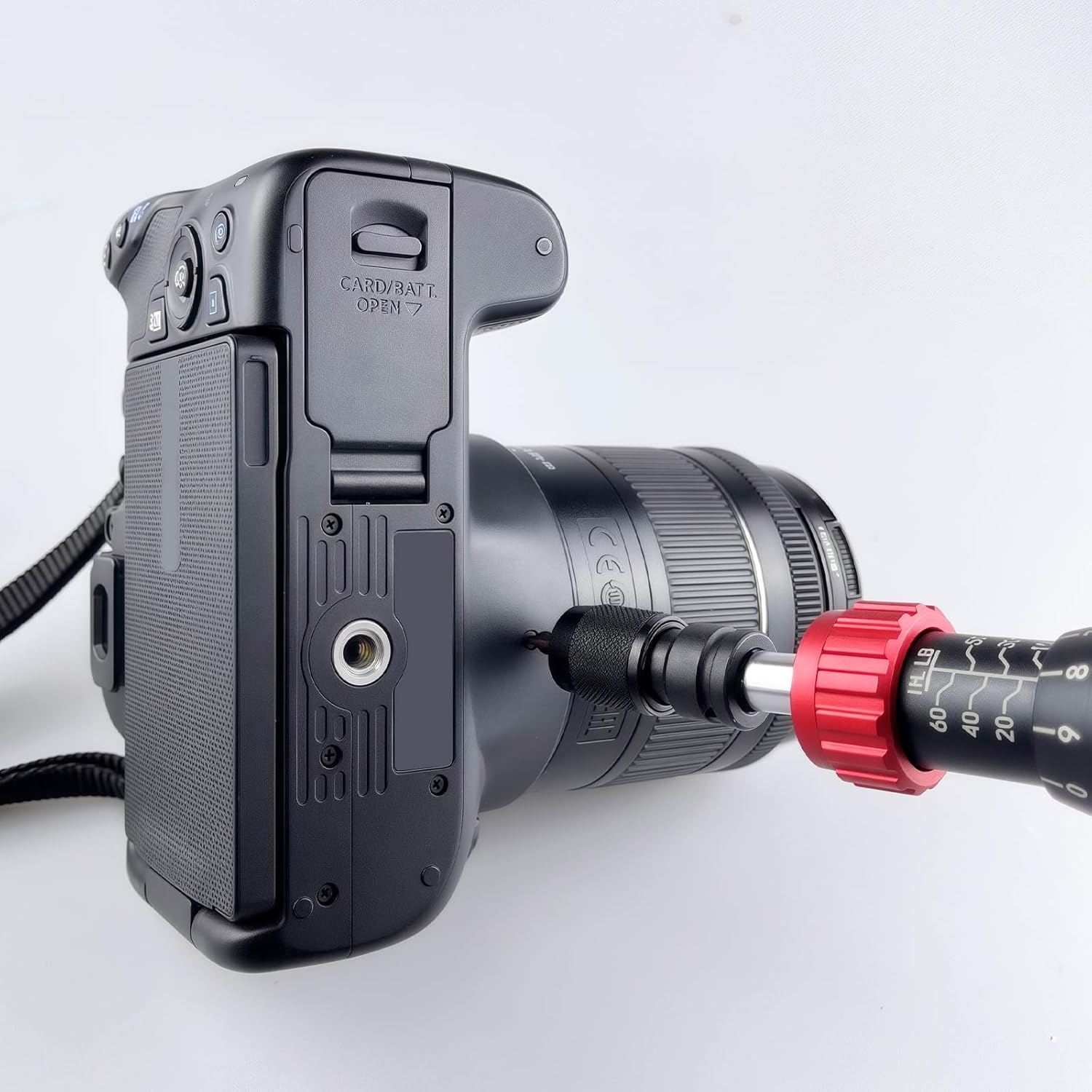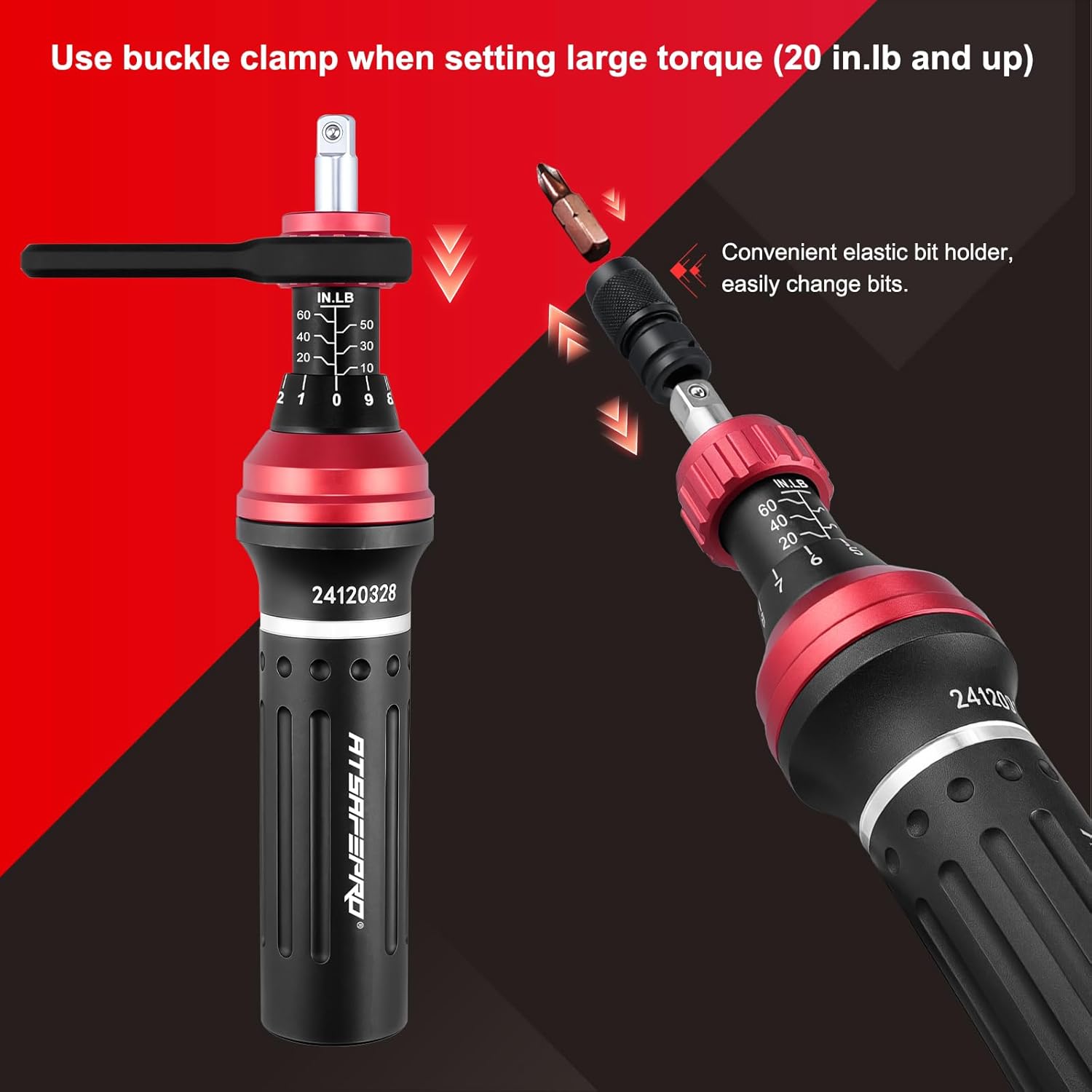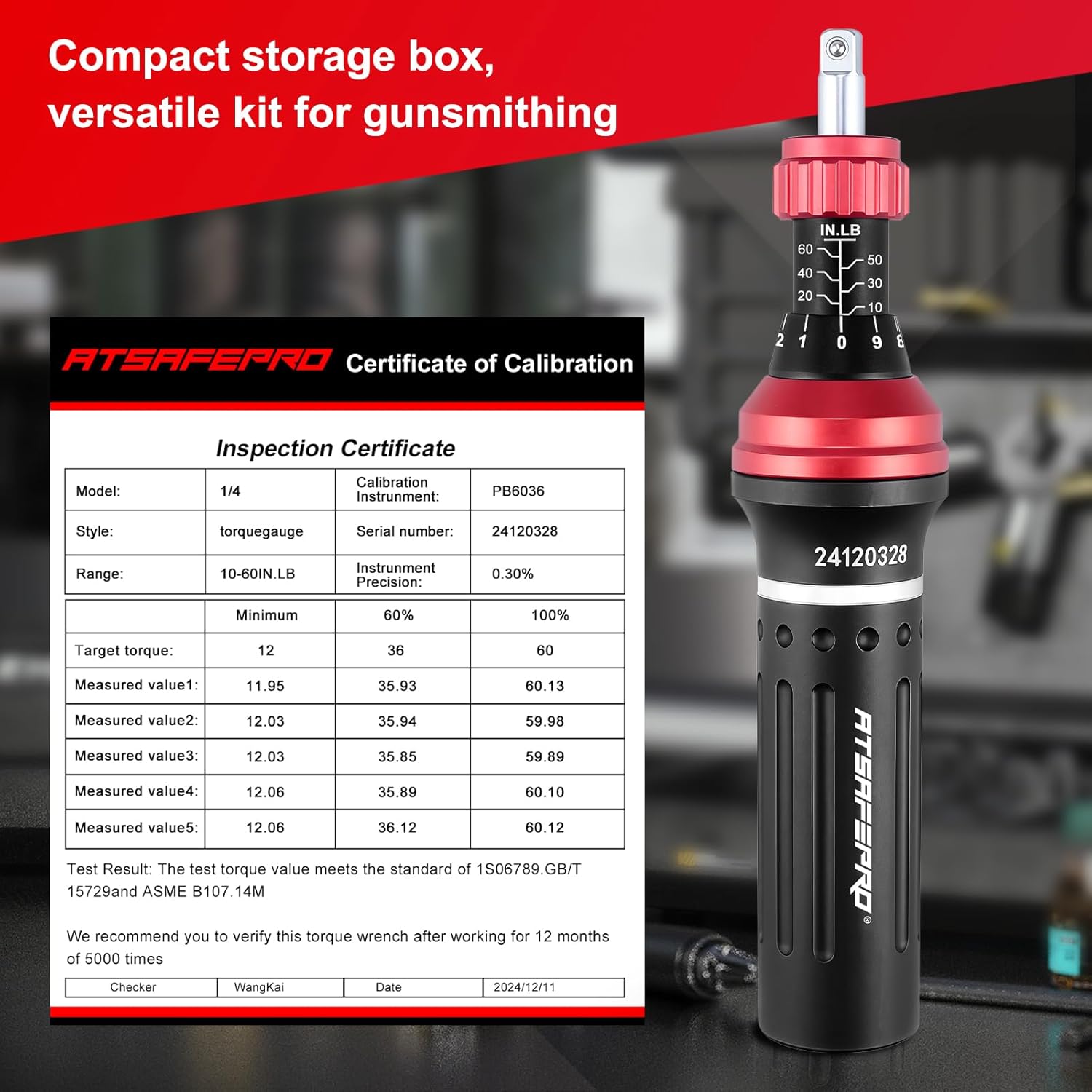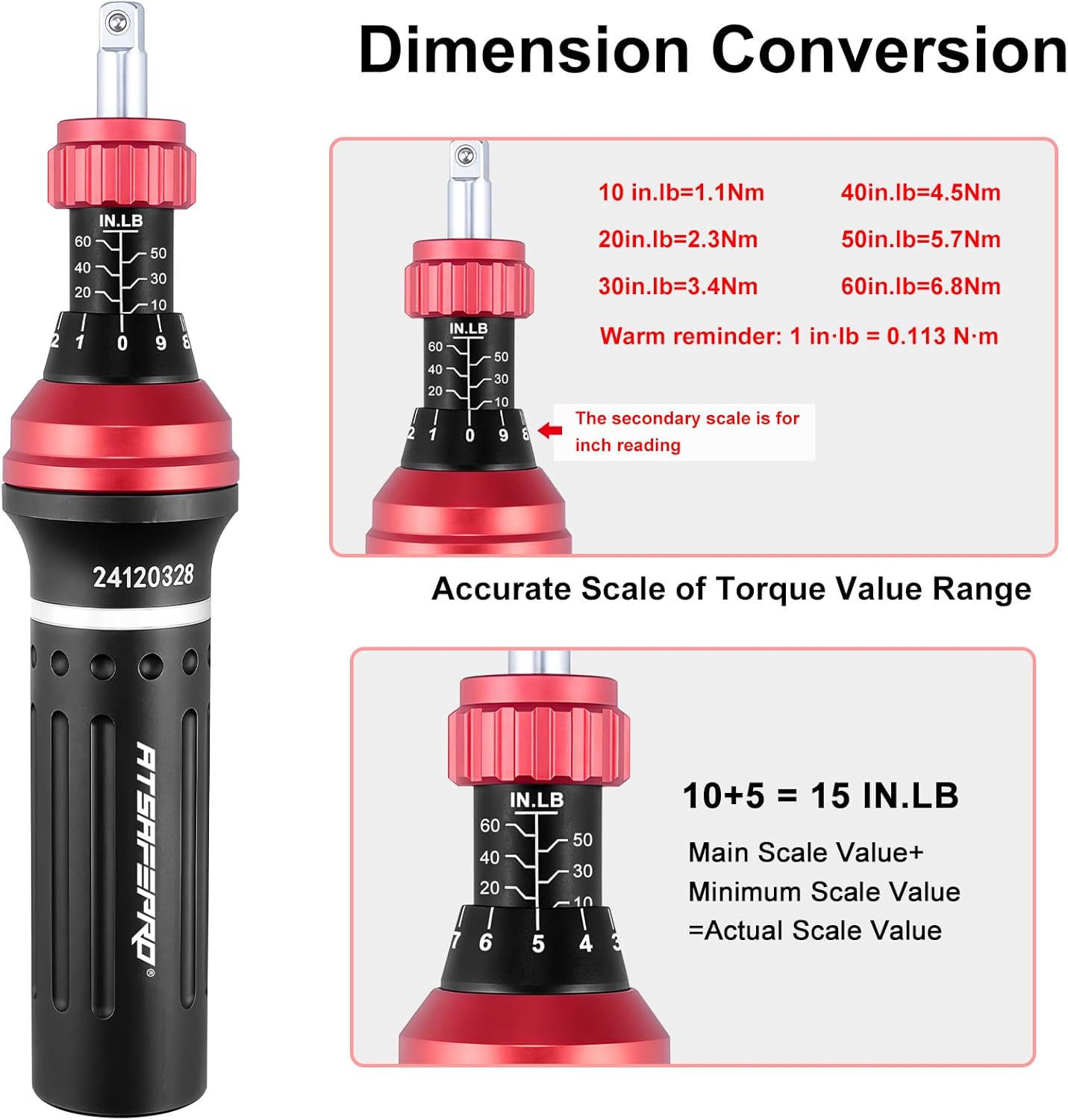Ensuring your vehicle is safe for the road involves several routine checks, but one of the most critical is monitoring your tire condition. A key aspect of this is understanding and measuring your tire's tread in 32nds of an inch. Knowing the precise 32nds tire tread depth can be the difference between a safe stop and a dangerous skid, especially in adverse weather conditions. This guide will walk you through how to use a simple tool to check your tires and understand what the measurements mean for your safety.
Why Tire Tread is Non-Negotiable
Tire tread refers to the pattern of grooves on your tire's surface. These grooves are not just for looks; they are engineered to channel water, slush, and snow away from the contact patch between the tire and the road. This action is crucial for maintaining grip and preventing hydroplaning, a dangerous situation where your tires lose contact with the road surface in wet conditions. As your tires wear down, the depth of these grooves decreases, reducing their ability to disperse water. This leads to longer braking distances and less control, making worn tires a significant safety hazard.
Getting to Know the Automotive Tread Depth Gauge
To accurately measure your tire tread, you need an automotive tread depth gauge. This small, affordable tool is incredibly easy to use and provides precise readings. Most gauges are designed with a narrow probe that extends from a solid base. As you press the base firmly against the tire's tread blocks, the probe goes into the groove, and the tool shows you the exact depth. Many modern gauges simplify this further with a color-coded system: green for safe, yellow for caution, and red for immediate replacement. It's an indispensable gadget for any responsible car owner.
A Step-by-Step Guide to Measuring Your Tires
Checking your tires is a quick process that anyone can do. Start by parking your car on a level surface. Take your tire tread depth gauge and press its flat base across the raised rubber part of your tire's tread. Push the sliding probe down until it makes contact with the bottom of the tread groove. Without moving the probe, lift the gauge and read the measurement. It's vital to check your tires in multiple locations. Measure the tread depth in the inner, center, and outer grooves. Uneven wear could indicate an alignment or inflation issue that also needs to be addressed.
Decoding the Measurements: What the Colors and Numbers Mean
Understanding the readings from your tire tread depth gauge is straightforward. Most new passenger car tires start with a tread depth of 10/32nds or 11/32nds of an inch. The color codes generally correspond to these measurements: Green (6/32" - 32/32"): Your tires are in good shape with plenty of life left. Yellow (3/32" - 5/32"): This is a warning zone. Your tires are wearing down, and you should start planning to buy replacements soon. Red (0/32" - 2/32"): This indicates a dangerous level of wear. The legal minimum tread depth in most states is 2/32". If your tires are in the red, they need to be replaced immediately for your safety.
Make It a Routine for Lasting Safety
Regularly checking your 32nds tire tread depth should be a staple in your vehicle maintenance schedule. A quick check once a month and before any long road trips can help you catch wear before it becomes a critical safety issue. By investing a few minutes with an automotive tread depth gauge, you empower yourself with the knowledge to maintain your vehicle's performance, maximize the life of your tires, and, most importantly, protect yourself and others on the road.







